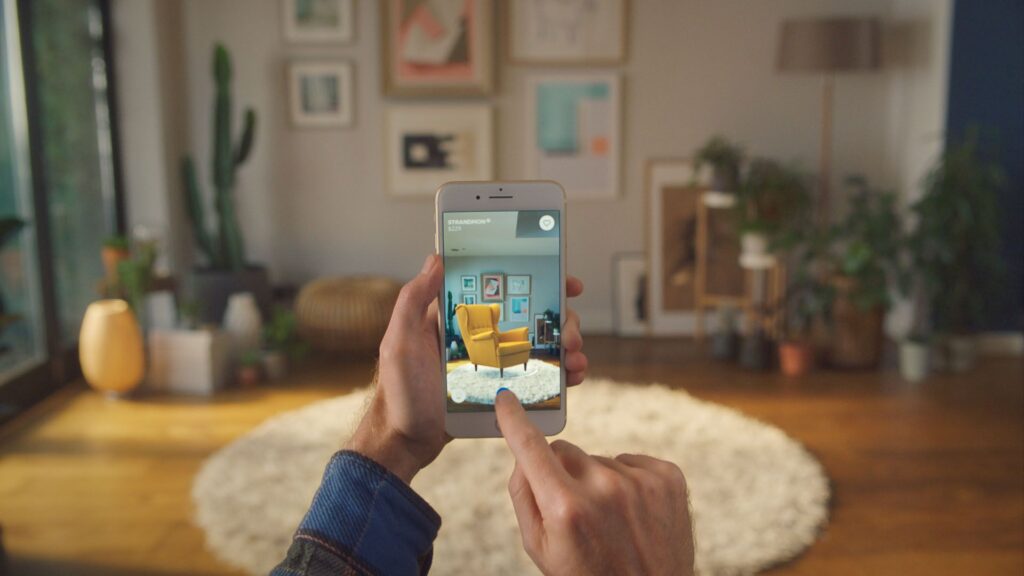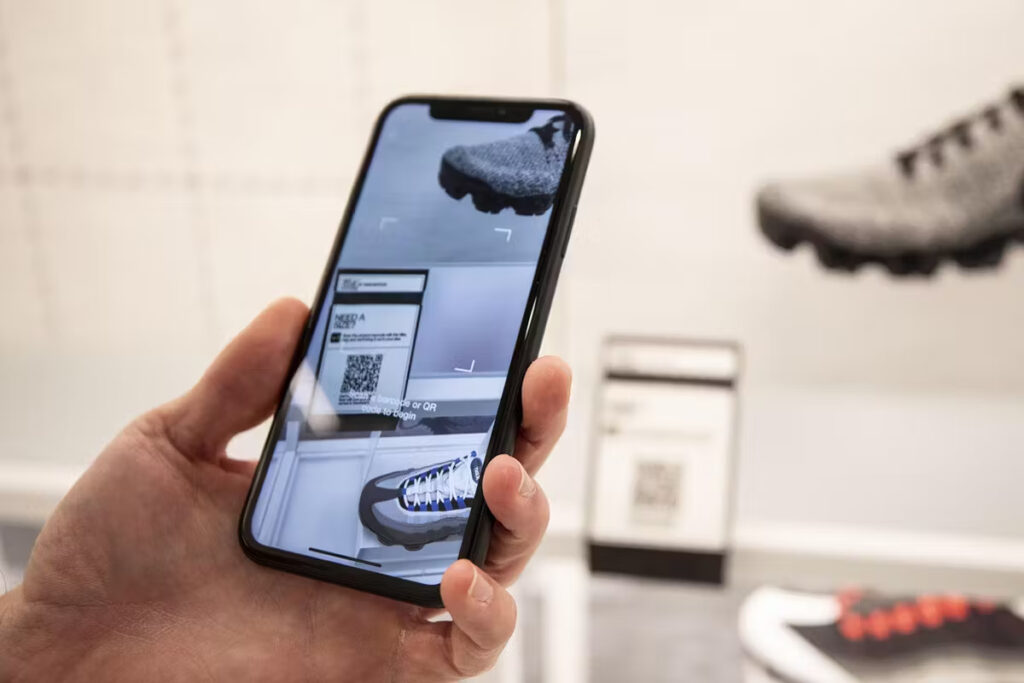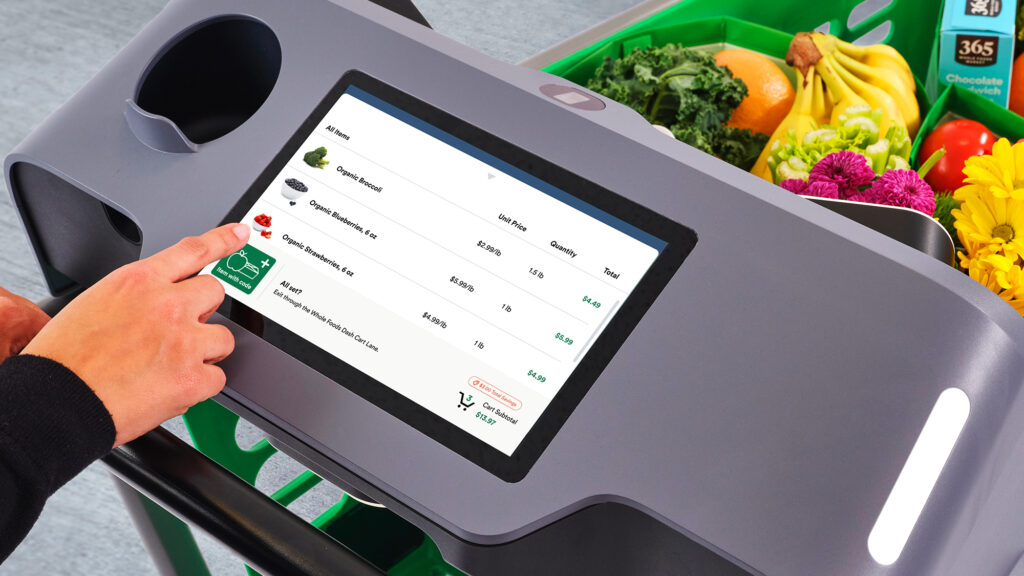The line between the physical and the digital is blurring faster than we imagined. Just a few years ago, we talked about brick-and-mortar stores versus e-commerce as if they were irreconcilable rivals. Today, that dichotomy no longer makes sense: consumers don’t think in separate channels they simply want fluid, consistent, and memorable experiences.
This new paradigm is known as phygital, a fusion of the physical and the digital that is transforming how we conceive commercial spaces.
Within this context, interactive interior design emerges as a discipline that integrates architecture, experience design, and technology to turn physical spaces into living ecosystems. Digital signage, sensors, AR/VR experiences, audio-lighting systems, and real-time data make it possible to create environments that react to and adapt to user behavior.
Unlike “putting screens just for the sake of it,” the phygital approach seeks to design useful, measurable, and memorable interactions that drive conversion, dwell time, and customer satisfaction.
What is a Phygital Experience?
Well-designed phygital experiences reduce friction, increase dwell time, and improve conversion. How? By integrating dynamic signage that guides decisions, sensors that trigger content based on context, and analytics that optimize what works. The result is clearer, faster, more memorable interactions for people and measurable metrics for the business.
What is Interactive Interior Design an How is it Different From Phygital?
Interactive interior design is the spatial and material application of the phygital approach: it designs moments of interaction between people and their environment through discreet technologies (sensors, digital signage, AR/VR) integrated into architecture, furniture, and lighting. Its goal is to guide, inform, and inspire, while measuring impact with spatial analytics and business metrics.
Phygital is the overarching framework that blends the physical with the digital; interactive interior design brings that framework down to earth by defining zones, flows, materials, accessibility, and maintenance so that technology adds value rather than visual noise.
Technology that Brings Phygital to Life
Phygital environments can integrate a variety of technologies to create cohesive, immersive experiences. Here are some key categories:
Visualization and Interaction Technologies:
Includes tools like augmented reality (AR) to overlay digital information on physical products, virtual reality (VR) for immersive brand storytelling, interactive touchscreens for exploring digital catalogs, and projection mapping that turns surfaces into dynamic displays.

IKEA Place AR App (Image source: www.ikea.com, 2025)
Identification and Tracking Technologies:
Covers QR codes and NFC tags to connect physical products with digital content, RFID systems for real-time inventory tracking and self-checkout, proximity beacons that trigger personalized notifications, and facial or biometric recognition systems for contactless payments and tailored experiences.

Nike QR Codes (Image source: www.highsnobiety.com, 2025)
Data and Intelligence Technologies:
Includes IoT (Internet of Things) sensors that collect behavioral and environmental data, artificial intelligence and machine learning for personalized recommendations and chatbots, and big data analytics that merge information across all touchpoints to gain holistic insights.

Amazon Dash Cart (Fuente de la imagen: www.aboutamazon.com, 2025)
Payment and Transaction Technologies:
Encompasses mobile payment systems like Apple Pay and Google Pay, digital wallets, and automatic checkout solutions such as Amazon Go, where customers can shop without standing in line.

Starbucks Mobile Payment App (Image source: www.elf.agency, 2025)
Experience-Driven Technologies:
Covers gamification strategies that boost engagement through play mechanics, social media integration for creating “Instagrammable” spaces and real-time connections, and voice assistants that help users find products or answer questions.

Louis Vuitton x Yayoi Kusama The Game (Image source: www.nastasiaspyrou.com, 2025)

Use Cases by Sector: Retail, Hospitality, Offices, Museums, and Healthcare
Retail
Smart fitting rooms, touch catalogs, and comparators with real-time recommendations. Key benefits: increases dwell time in decision zones, improves conversion rate, and raises average ticket value.
Hospitality
Frictionless check-in, dynamic ambience by time or occupancy, and service signage. Key benefits: reduces waiting times, improves satisfaction (NPS), and boosts upsell.
Offices
Room booking, dynamic wayfinding/signage, and comfort monitoring (lighting, noise, temperature). Key benefits: increases productivity, reduces absenteeism, and improves the employee experience.
Museums & education
AR guides, touch tables, and accessible multilingual content. Key benefits: increases interaction and learning, and improves visitor return rates.
Healthcare
Dynamic wayfinding, self-registration kiosks, and context-based educational content. Key benefits: reduces missed appointments due to disorientation, improves patient satisfaction, and clarifies routes.
Keys to a Seamless And Non-Intrusive Integration
The goal isn’t to use all available technology, but to choose the ones that truly add value and coherence. Keep these key principles in mind:
- Design with technology from the concept stage: Don’t add it at the end. Natural integration happens when the digital layer is part of the creative vision from the start.
- Build a coherent spatial narrative: Your physical and digital environments should tell the same story.
- Encourage intuitive interaction: The best phygital spaces respond to natural gestures, movements, or glances, no instructions needed.
- Strategic invisibility: Hide cables, integrate screens, and use discreet sensors. Technology should feel organic, not imposed.
- User-centered design: Before installing any device, ask yourself: Does this genuinely improve the experience? If the answer is no, leave it out.
- Sensory balance: Don’t sacrifice textures, scents, or warm lighting just to add more screens. The digital should amplify the physical, not compete with it.
- Ease of use: If users need too much time to figure it out, something’s wrong. There should always be a human alternative.
- Ongoing maintenance: An outdated screen or broken device is worse than having none at all.
At Blaster Design, we see spaces not as static places, but as living, emotional ecosystems that evolve with people. Ready to transform your space into an experience that truly connects with your audience? Contact us and let’s design the future of your brand together.